
Consulting Engineering Company with Expertise in Geotechnical Engineering & Foundation Design
Build on a Solid Foundation!
We are a Colorado-based consulting engineering company focused on the North American market and specialized in geotechnical engineering and foundation design of renewable energy projects such as wind farms and solar parks, as well as their associated facilities and the built environment in general. We, as geotechnical engineering and foundation design specialists, partner with our clients to achieve success by building on a solid foundation for their projects. We rely on our strong academics, proven geotechnical and structural design expertise and rich experience in the renewable energy industry to deliver reliable performance. Our services include geotechnical engineering consulting, optimized foundation solutions to support wind turbine towers, solar tracker structures, transmission line structures, electrical storage units and substation equipment, construction QA/QC observation, and forensics consulting.
As a Consulting Engineering Company
We are a group of engineering consultants that designs all types of foundations:
For large wind turbine (windmill) support structures, we design spread “gravity-based” foundations, rock-anchored foundations, deep foundations, and proprietary foundation systems.
For small wind and distributed systems, we develop and design proprietary foundation systems for budding original equipment manufacturers.
For solar PV power parks, we develop pile test programs and designed driven piles, helical piles, ballast foundations and other proprietary systems.
For new energy conversion systems, we support inventors develop support structures and foundations.
Value-Added Services
Our engineer consultants also offer a few critical value-added services that distinguish us. These include:
Advanced finite element analysis (FEA) and design,
Reliability-based design (RBD),
Geohazard risk assessments, and
Expert familiarity with design codes.
Our reputation is built on quality, reliability and expertise. Our clients include owners, developers, utilities, Balance of Plant (BOP) or Balance of Systems (BOS) general contractors, Engineer-Procure-Construct (EPC) firms, sub-contractors and consultants. Our company has been reviewed and verified by ISNetworld. Feel free to search our website for specific content or reach out to us to learn more about our capabilities, services, and states and provinces in the USA and Canada where we can provide such services.
Over the past two decades, our founder has designed foundations for hundreds of wind farms and solar parks across the United States and Canada, covering all conceivable geotechnical settings and amounting to over 40 GW of renewable energy projects. Along the way, he pioneered the round gravity-base foundation for wind turbines that is now standard practice for the industry and obtained a PhD from the Colorado School of Mines focused on reliability based design of wind turbine foundations..

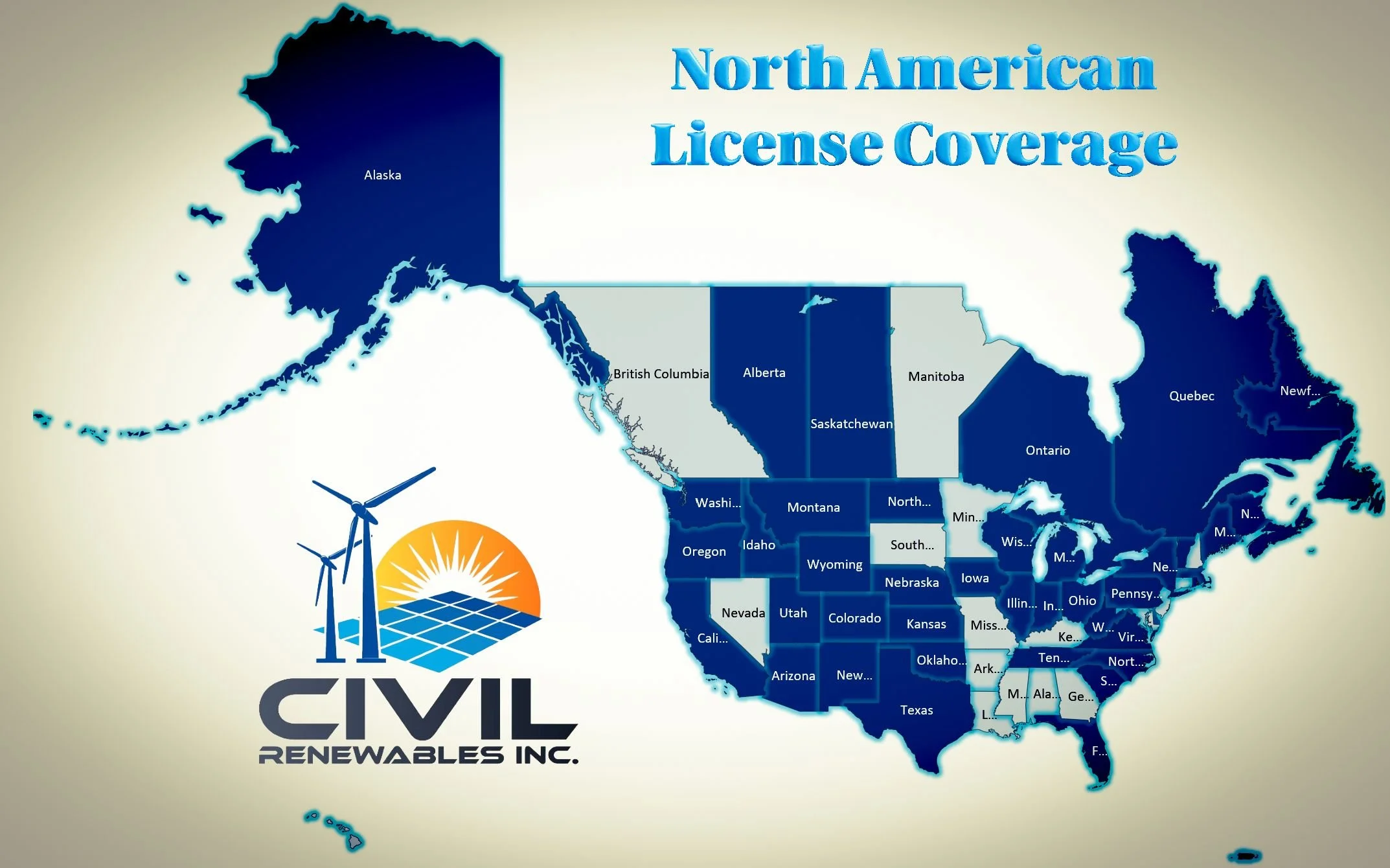
“We aim to put the art and science of civil engineering to work for the promotion of renewable energy.”
-
From desktop studies to detailed investigations, our geotechnical engineering services draw on decades of experience to deliver value.
-
Reliable, practical and optimized foundation solutions to support wind turbine towers, solar tracker structures, transmission line structures, electrical storage units and substation equipment,
-
Construction QA/QC observation is an invaluable service our clients seek to ensure compliance with construction document specifications.
-
Forensic consulting is a natural by-products of our decades of experience in the renewable energy industry.
-
We perform cutting-edge reliability-based design.
-
Item description
-
We perform advanced finite element analysis and design calculations.
-
Item description
-
We helped define the direction of design standards in the United States.
-
We have extensive geotechnical experience that allows us to provide valuable geohazard risk assessments at any stage of project development.
Blog Articles
Featured Articles
The 25th anniversary of Geostrata Magazine is celebrated through an excellent focus on construction QA/QC and emerging data management systems. The magazine is available for free consultation online but we thought of sharing brief summaries of these great articles here to entice our visitors to read this issue back to back.
Anchored wind turbine foundations work beautifully when they do, but when they don’t, they are a nightmare. That’s why “to anchor or not to anchor” is a fundamental question that has to be thoroughly evaluated when contemplating an anchored wind turbine foundation. In this post, we discuss this efficient wind turbine foundation system and why it should be reserved to particular geotechnical settings.
Mother Nature handed out several invaluable lessons over the last two weeks of May 2024: on May 17, strong weather events downed multiple transmission line towers in the Houston area, and on May 20-21, tornadoes destroyed several wind turbines in southwest Iowa. What lessons should we draw from these back-to-back events? Is this a wake-up call? If it is, what is the message of the call? What are the consequences associated with these types of failures and what are the weak links in our nation’s power system? Do we need to rethink how we design wind turbines, or do we need to work harder to slow down the accelerating pattern of more frequent and more extreme weather events? Let’s explore!
“ACI Code-323 Low-Carbon Concrete - Code Requirements and Commentary” is a draft ACI standard currently open for public discussion from March 31 to May 15, 2024. So, what’s Low-Carbon Concrete (LCC) and how does this Code propose to achieve it?
As the industry migrated from the popular octagonal shape and mostly settled on the perfectly round shape, have we reached the limits of shape optimization of shallow wind turbine foundations? In this blog, we present a historical account of this question and explore potential future optimization trends.
If you are new to renewable energy projects, you must have come across abbreviations that you had to accept to appear knowledgeable but had to look up later. In this blog post, we create a list of such abbreviations with their meanings.
Wind projects are not born overnight. Before we see wind turbine generators (WTGs) spinning and generating clean energy, many years are are required in development, design and construction. These distinct but often overlapping phases come with their own sets of tasks, timelines and narrowing opportunities for reducing risks stemming from geohazards. Let’s delve into these phases and into ways we can minimize the impacts of geotechnical hazards.
All Blog Articles
Company News
Featured News
At the forefront of renewable energy development, our team supports developers during the critical early stages of utility-scale wind and solar projects. We understand that a successful project begins with a thorough site assessment. Our capabilities are built around delivering detailed, data-driven insights that help mitigate risks and ensure long-term project success.
As the energy landscape transforms, our company is leading the way with innovative, future-ready solutions. We are expanding our capabilities across energy storage systems, battery energy storage systems (BESS), solar power, data centers, cogeneration, and integrated renewable energy, storage, and hydrogen projects—delivering value-driven services to clients seeking performance, sustainability, and reliability.
As we say goodbye to 2024, we reflect on our first full year of operation with pride and a great sense of accomplishment. The year started as a one-man firm represented by our founder, Jomaa Ben Hassine, and ended as an efficient and balanced three-member crew. This team can best be described as the “Little Engine that Could.” Our list of completed and ongoing projects reflects this description and touches each of our service offerings.
We are thrilled to welcome Angie as Staff Graduate Engineer! Angie holds a Bachelor of Science in Civil Engineering with special honors from CU Denver and aims to further advance her career in Structural/Geotechnical Engineering and make a great contribution to advancing renewable energy.
Civil Renewables, Inc. is now a participant in ISN’s RAVS+ program, a recognition that that is achievable only after a successful audit of our Health, Safety and Environment (HSE) plans.
We have acquired a license to PLAXIS 3D, a powerful finite element program for modeling soil-structure interactions.
We have centralized our compliance data within ISNetworld and streamlined our reporting process, making it easier for potential clients to prequalify our company.





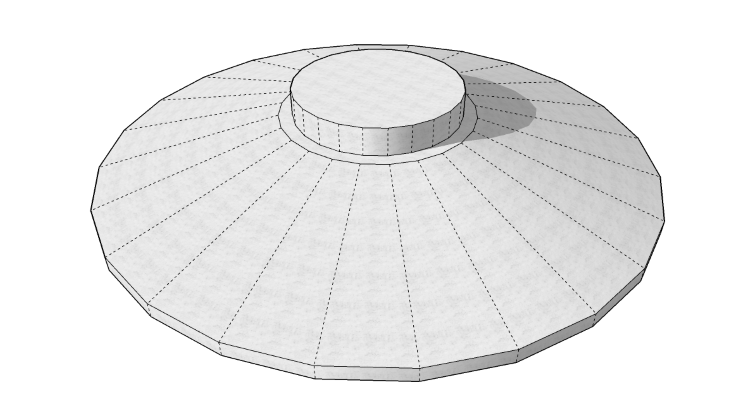




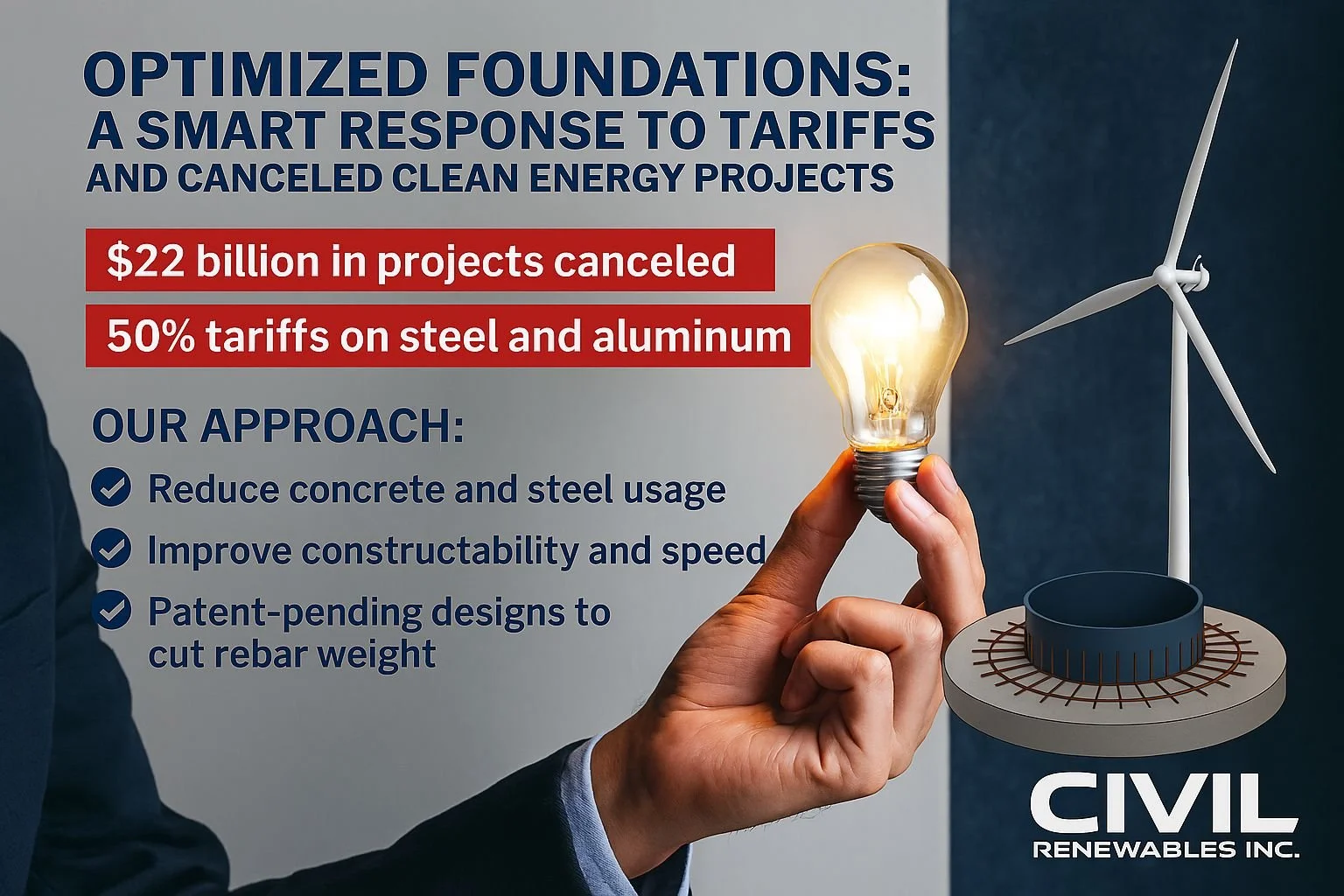























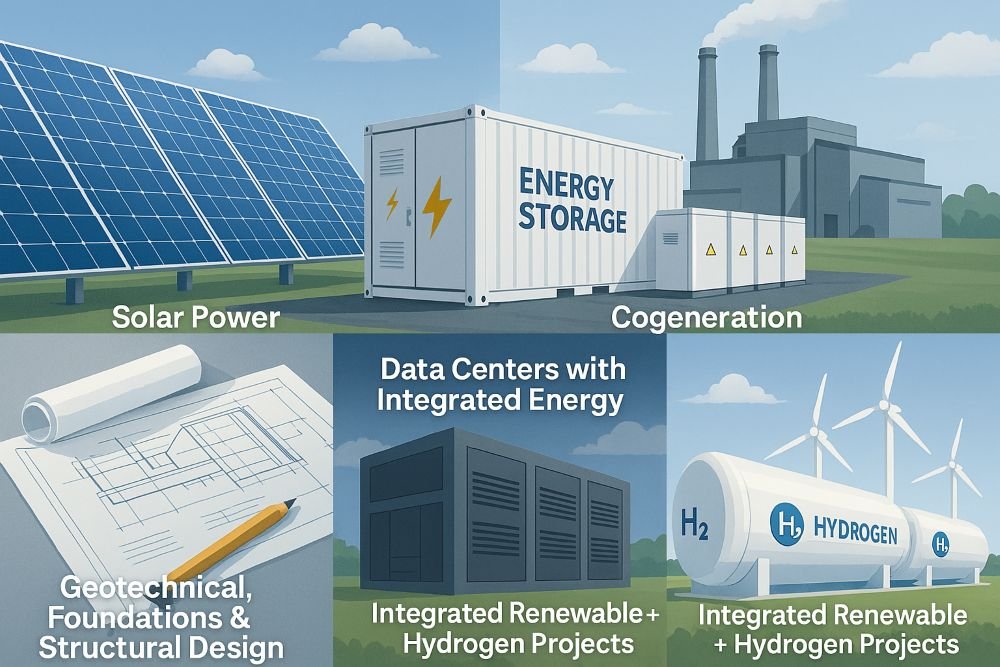






























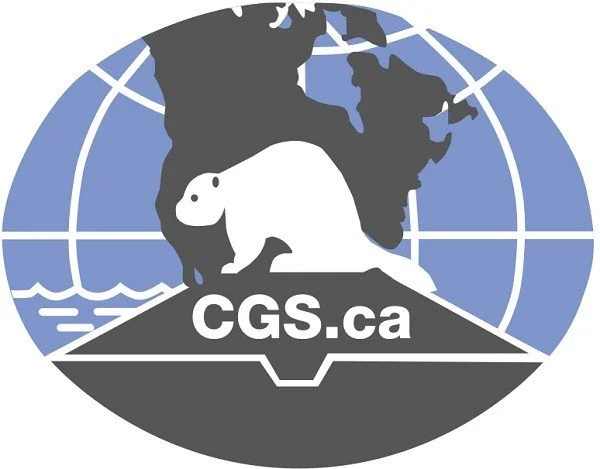

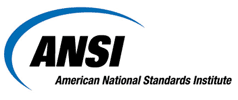




In this blog entry, we will provide a review of the structural stability requirements for foundations of buildings and other structures as stipulated in US design standards. We start by reviewing US code content relevant to overall structural stability and, if found, foundation stability. This topic is of particular interest to designers of wind turbine foundations.